Laparoscopic Appendix Removal Surgery
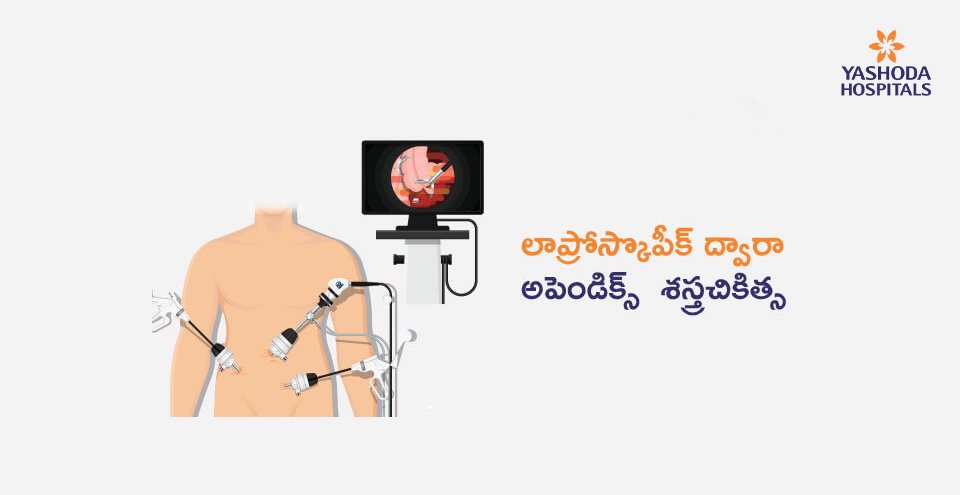
4. How is a laparoscopic appendectomy performed?
5. Advantages of laparoscopic appendectomy
6. What happens if a patient cannot have the appendix removed laparoscopically?
7. What are the possible complications of laparoscopic appendectomy?
8. What should a patient expect after an appendectomy?
9. Will there be any pain after the surgery?
What is the appendix?
The appendix is a vestigial organ connected to the opening of the large intestine or colon. It is a thin and elongated organ and is a few centimeters long. It is located on the right side of the abdomen below the umbilicus (belly button). The appendix can get inflamed causing pain in the abdomen and fever.
What is appendicitis?
Appendicitis is the condition where the appendix gets infected and inflamed. Once inflamed, it gets swollen and can even burst, resulting in the generalized infection in the abdomen. If the condition is left untreated, it can cause serious illness or even death. The risk of the appendix bursting is much higher after the first 24 hours of the symptoms. If the appendix bursts, the surgery to treat can be more complicated.
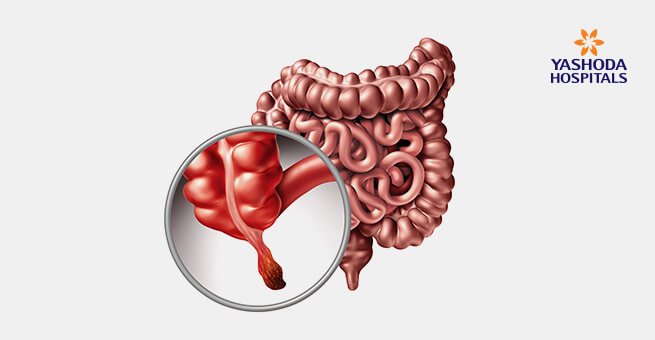
What is appendectomy?
In this surgery, the appendix is removed to treat the appendicitis. Appendectomy is a common surgery and most people have their appendix removed. One way to remove the appendix is to make a large cut or incision below and to the right of the umbilicus (belly button). This is known as an open appendectomy. Laparoscopic appendectomy is the procedure in which the appendix is removed through small incisions.
How is a laparoscopic appendectomy performed?
- A general anesthesia is administered during the laparoscopic appendectomy (It means that you are asleep and will not feel any pain during surgery).
- An incision or cut is made near the umbilicus and a small device called a port is inserted. The port creates an opening that serves to fill the abdomen with gas which creates space for surgery.
- A long device with a camera (also called a laparoscope) is inserted into the port.
- Once we can see clearly, more ports are inserted for long and narrow instruments.
- The appendix is gently disconnected and is removed through one of the incisions.
- If the appendix ruptures or there is a lot of pus or bleeding, a small plastic tube called a “drain” may be used which allows the fluid to drain from the surgical area.
- Depending on the progress of the patient, the drain can be removed within 3 days to 1 week after the surgery.
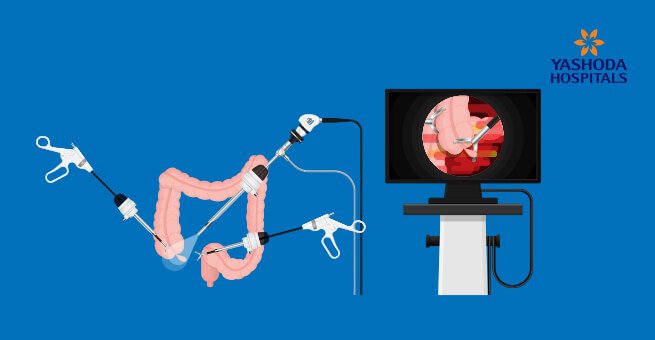
Advantages of laparoscopic appendectomy
The results may vary depending upon the type of surgery and general health of the individual. The most common advantages of laparoscopic surgery are:
- Less pain after surgery
- A smaller scar
- Getting back to normal activity faster
- A shorter stay in the hospital
- Having normal bowel movements sooner
What happens if a patient cannot have the appendix removed laparoscopically?
Laparoscopic appendix removal may not be recommended for some individuals. Certain conditions would require the individual to undergo an open surgery, rather than laparoscopic surgery such as;
- A scar tissue in the abdomen due to prior surgery
- Difficulty with visibility of the organs
- Bleeding problems during the surgery
What are the possible complications of laparoscopic appendectomy?
Complications of laparoscopic appendectomy do not occur very often. Yet there can be:
- Bleeding or infection in the surgery area
- Hernias
- Blood clots
- Heart problems
If the inflammation of the appendix is severe during the surgery, there can be a small risk of an abscess (collection of pus/bacteria) at the site of surgery which may require further treatment.
Contact a Physician immediately if you have any of the above mentioned complications.
What should a patient expect after an appendectomy?
The patient may go home the day they have the surgery (day care surgery), or might have to stay in the hospital overnight. If the appendix has already perforated (burst), it is advised to be in the hospital for a longer period of time. Your doctor will monitor your situation and recommend discharge appropriately.
Will there be any pain after the surgery?
Pain at the incision sites and in the abdomen is common but minimal after the surgery. An individual can also experience pain in the shoulders due to the carbon dioxide added in the abdomen during the procedure. The patient may get relief from the shoulder pain usually within 24 to 48 hours.
Pain can be relieved by;
- Using pain killers
- Using ice on the incisions
Activities
- Doctors recommend that a patient should be as active as the body allows, after surgery. The patient can go up and down the stairs on the day of your surgery.
- The patient can go back to doing normal activities about a week to 2 weeks after a Laparoscopic Appendectomy.
- Heavy lifting (more than 10Kgs) or heavy work should be avoided for at least 4 weeks after surgery.
A patient who has undergone open surgery may need longer time for recovery after the surgery.
When to call a doctor after laparoscopic appendectomy?
It is advised to visit the doctor after 2 weeks of the surgery. It is necessary to call a Physician immediately if the patient encounters any of the below symptoms:
- High Fever (101 degrees F or 38.5 C)
- Severe pain or swelling in the belly
- Worsening weakness
- Persistent Nausea or vomiting
- Blood, pus or redness at the site of surgery
- Pain at the site of surgery in spite of taking medications
- Breathing problems or persistent cough
References:
- What Is an Appendectomy?, healthline, https://www.healthline.com/health/appendectomy. Accessed on 15th January 2021
- Laparoscopic Appendectomy, Medscape, https://emedicine.medscape.com/article/1582228-overview. Accessed on 15th January 2021
- Appendectomy, Johns Hopkins Medicine, https://www.hopkinsmedicine.org/health/treatment-tests-and-therapies/appendectomy. Accessed on 16th January 2021
- Laparoscopic Appendectomy, Springer Link, https://link.springer.com/chapter/10.1007/3-540-27020-5_7. Accessed on 16th January 2021




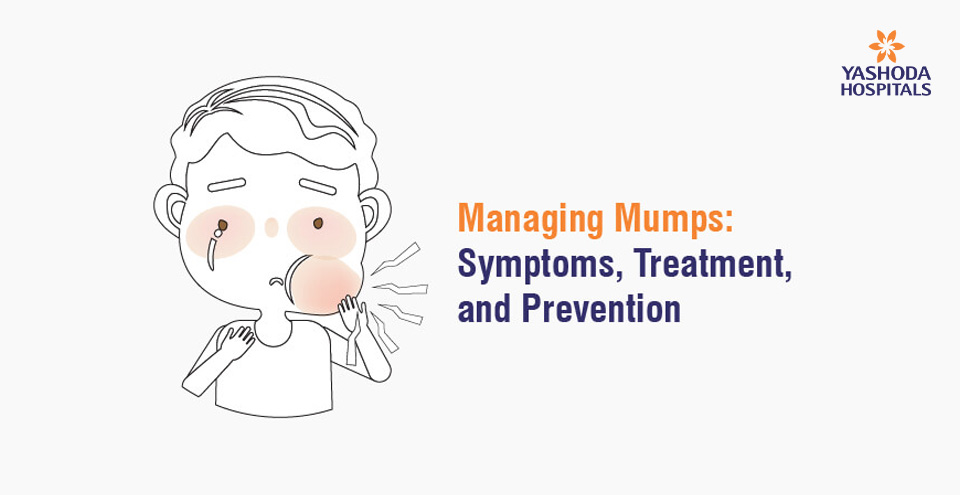



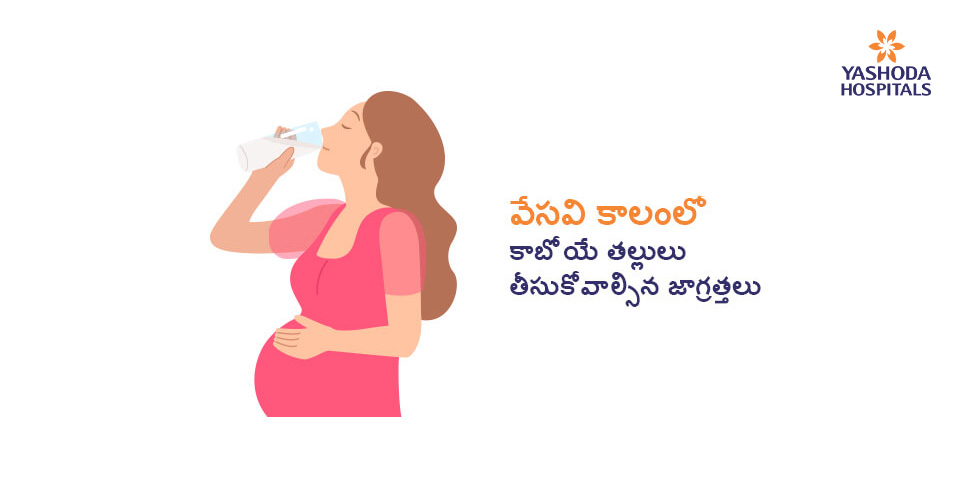
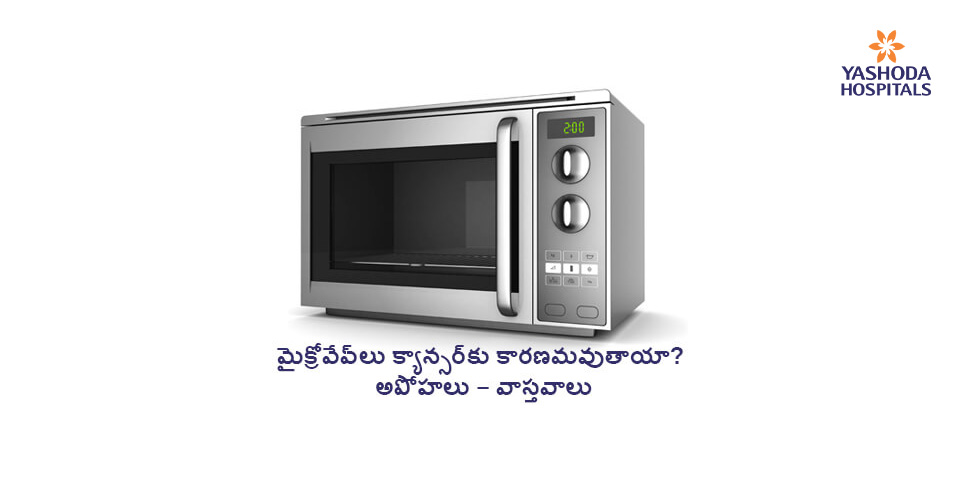
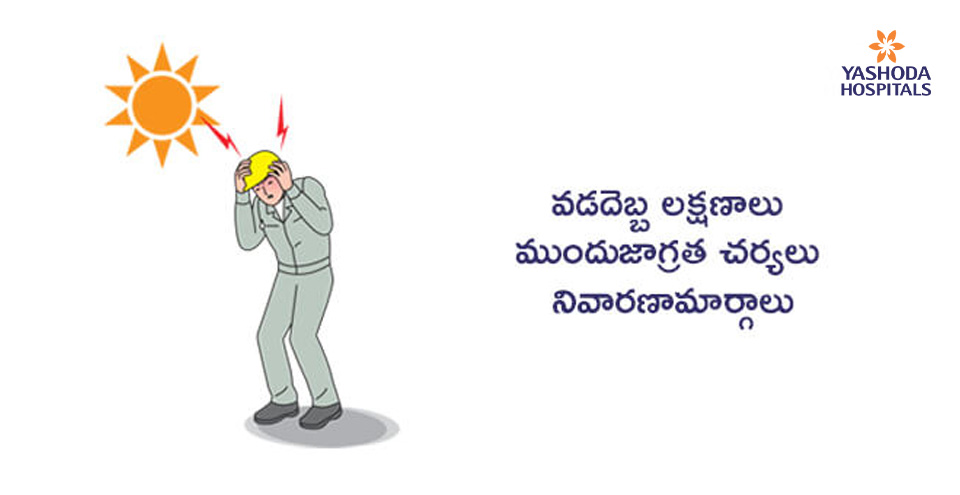



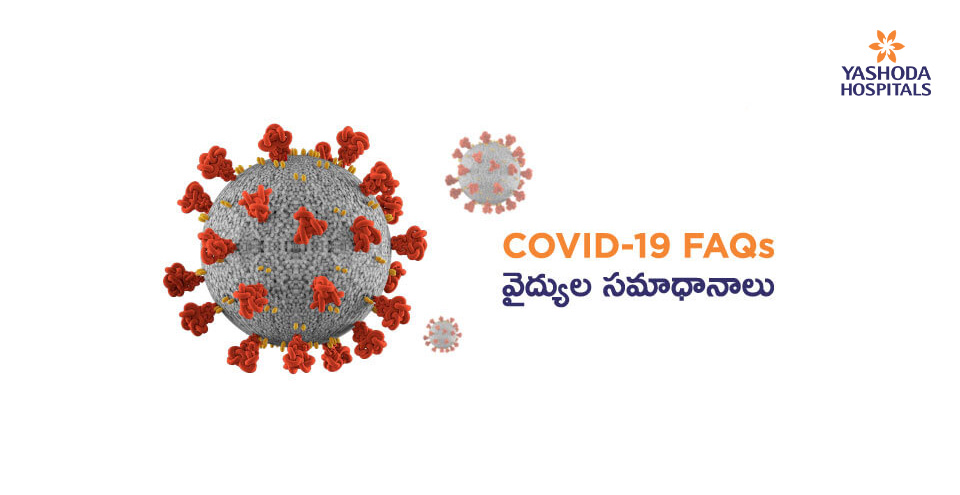
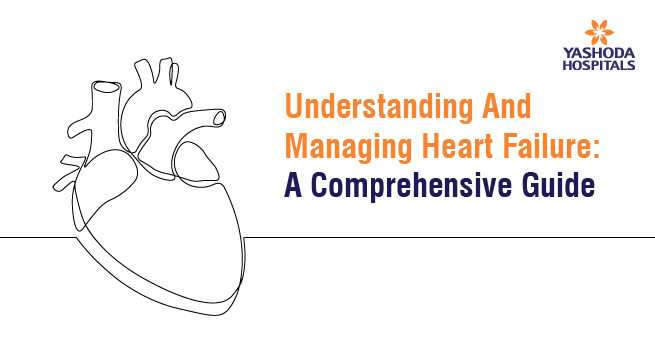

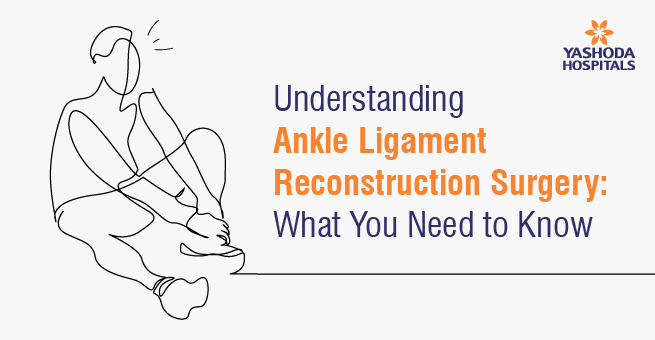

 Appointment
Appointment Second Opinion
Second Opinion WhatsApp
WhatsApp Call
Call More
More





